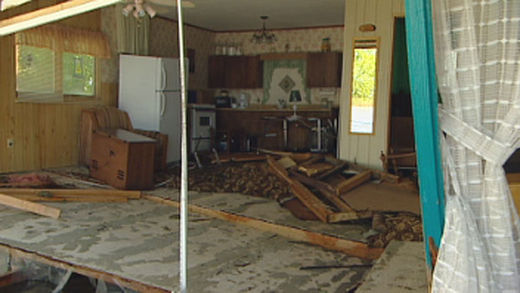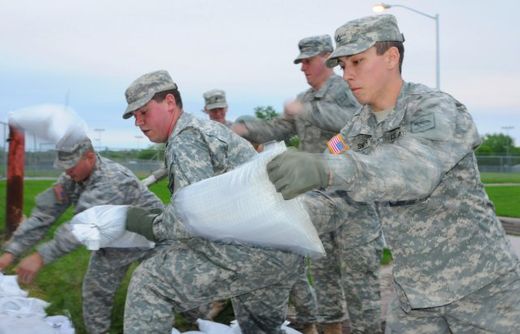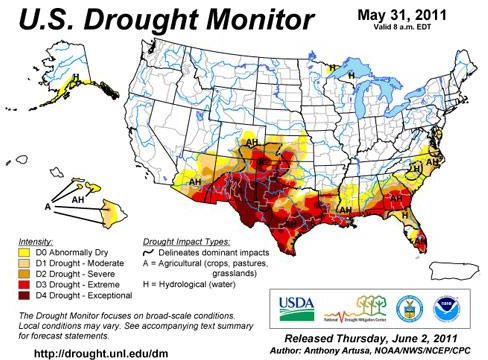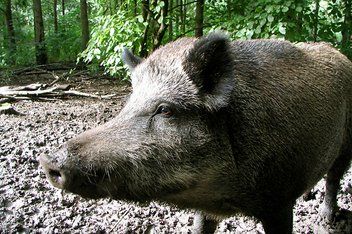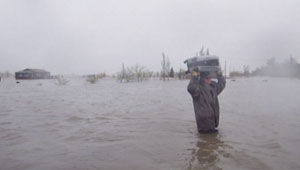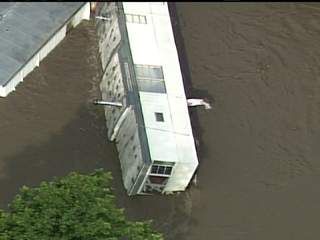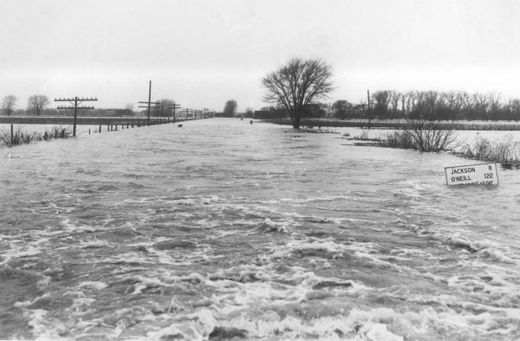
Historic flooding photo
Since the 1850s, the Mighty Missouri's flow proved instrumental to the development of Sioux City.
Riverboats plied its waters from St. Louis to Sioux City providing the goods, products and people to turn a frontier town into a thriving city on the plains. Through the years, the Missouri bit back - flooding the tri-state area numerous times and causing millions of dollars worth of damage.
By
Journal accounts, the flood of 1952 surpassed all previous records, including the historic flood of 1881.
The river reached its crest of 24.3 feet on the morning of Monday, April 14, 1952, according to
Journal stories. The swollen river easily overtook its banks, inundating North Sioux City, Sioux City, South Sioux City and points south.
By comparison, due to a series of upriver dams and channelization, the Missouri's depth in Sioux City is 28.05 as of 4 p.m. Wednesday. Flood level is 30 feet.
